Diablo 4 is bringing back Diablo 3's Paragon system, but with some major changes
Today's year-end update digs into Diablo 4's endgame, itemization changes, "skill driven deaths," and more.
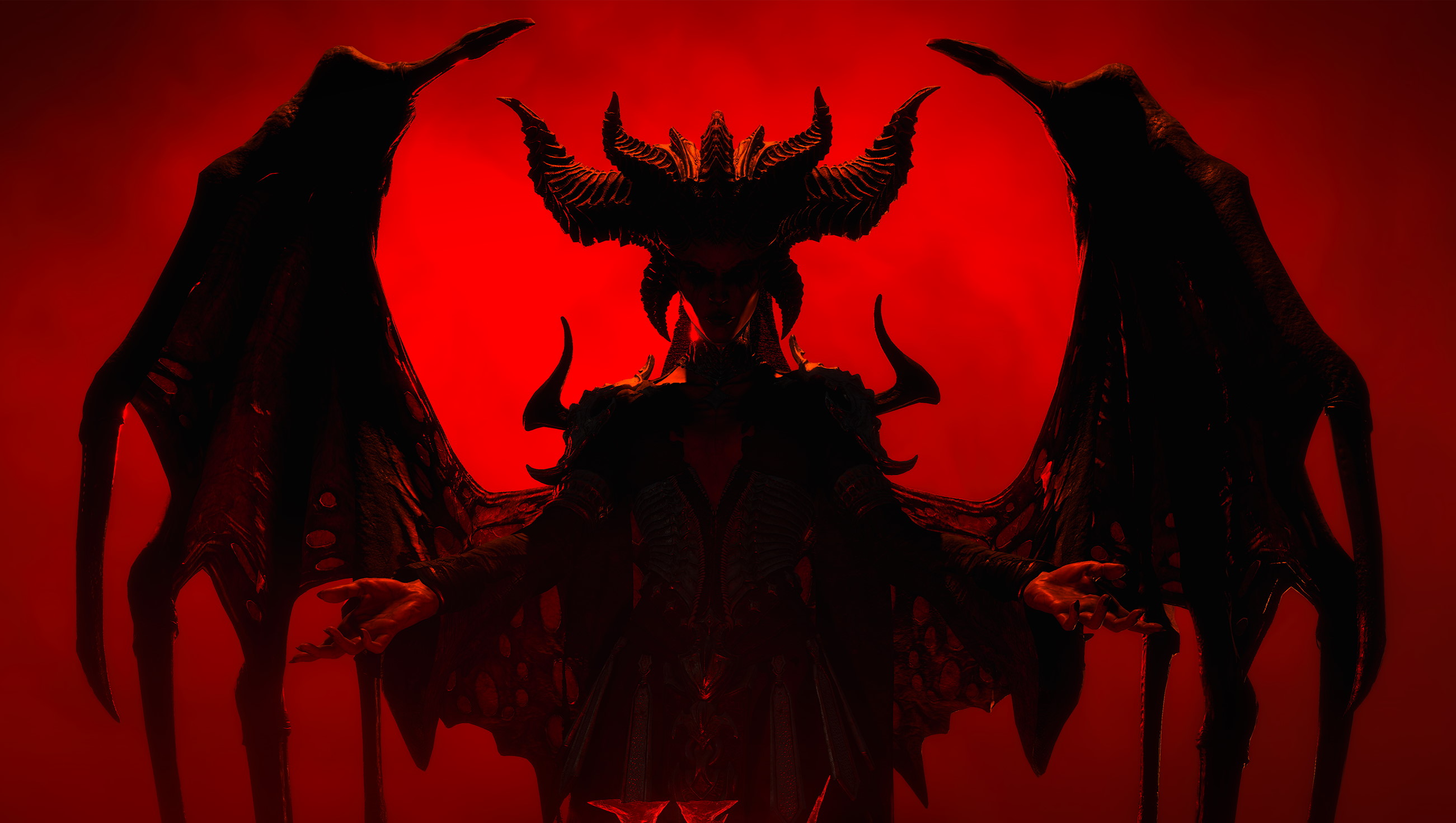
In September 2020, Blizzard said it was taking its time with Diablo 4's endgame system to ensure it offers "more depth and replayability" than the Paragon system of Diablo 3. In today's year-end update, we got our first proper look at how it will all work: It's still called Paragon in Diablo 4, but it's quite a bit different from its predecessor.
Once players hit level 50 in Diablo 4 they'll gain access to the Paragon Board, which uses digital tiles to enable very specific power boosts and character customization. The process begins at the center of the board and radiates outward across normal, magic, rare, and legendary tiles. Each one earned will give your character a boost of some sort, from the very basic to the extremely powerful. Some tiles are sockets for glyphs found throughout the game that confer different benefits when inserted into the board. Glyphs can also be leveled up, enabling them to become even more powerful.
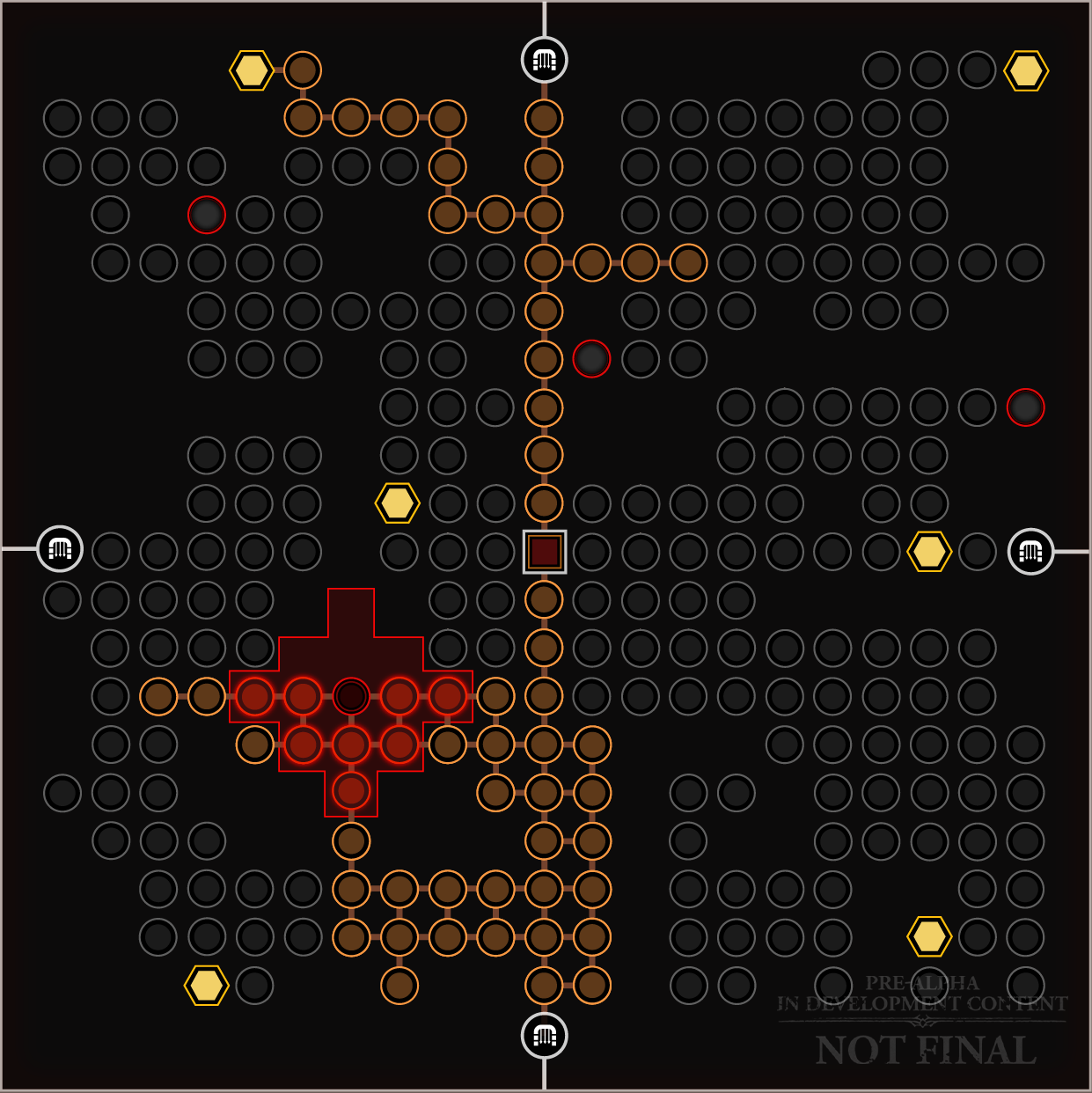
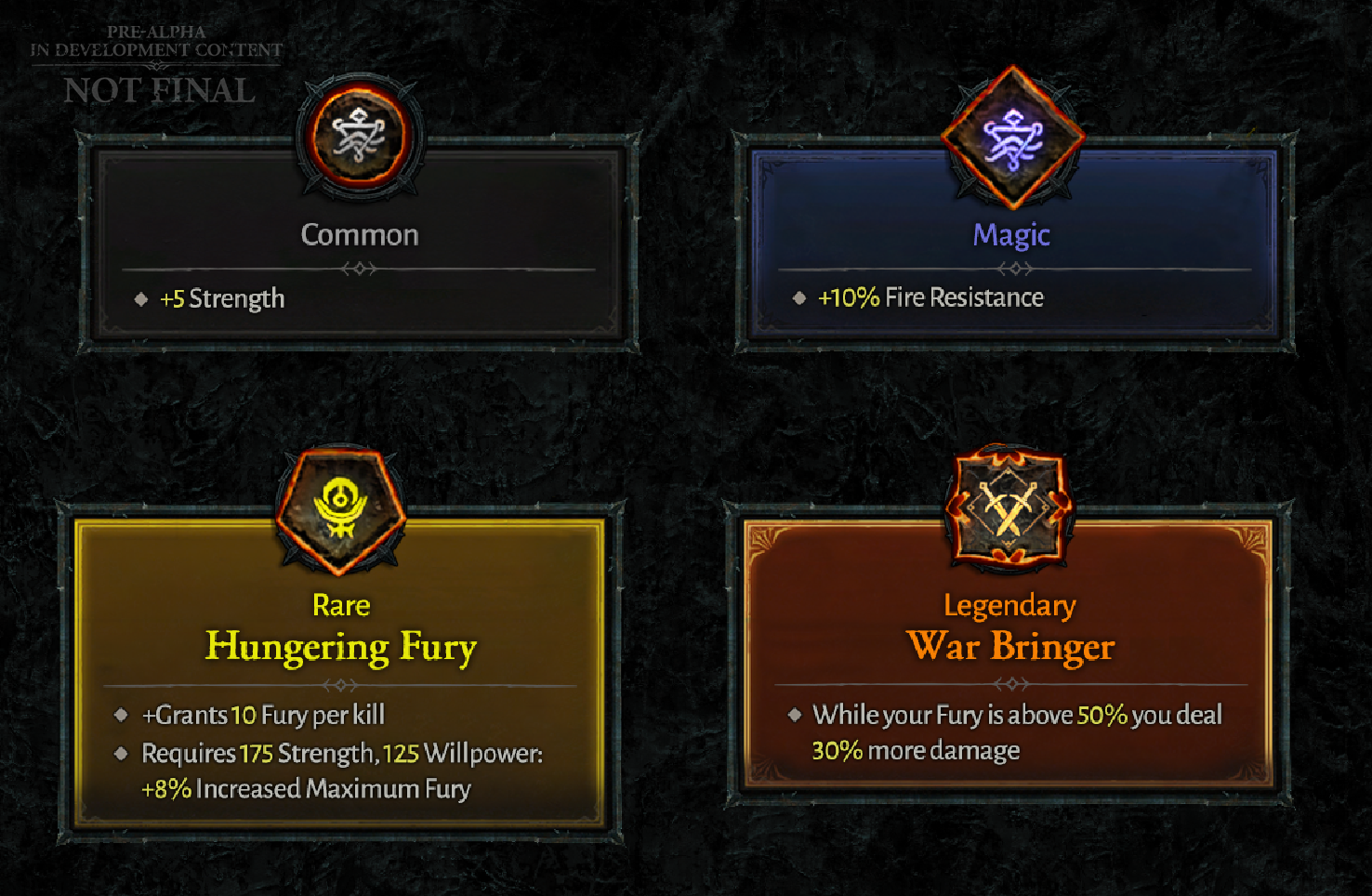

Eventually, you'll reach the edge of the Paragon Board, but that's not the end of the process. Instead you'll find a gate tile, a special kind of tile that unlocks and connects to other Paragon Boards, each with a unique layout and new magical, rare, and legendary tiles.
"Once your hero reaches a gate tile, you’ll choose which new paragon board you would like to attach to at that location," Blizzard said. "The desired outcome is a personalized set of bonuses that will empower your hero and honor your dedication to their progression, that will remain fun to tweak and adjust over many playthroughs."
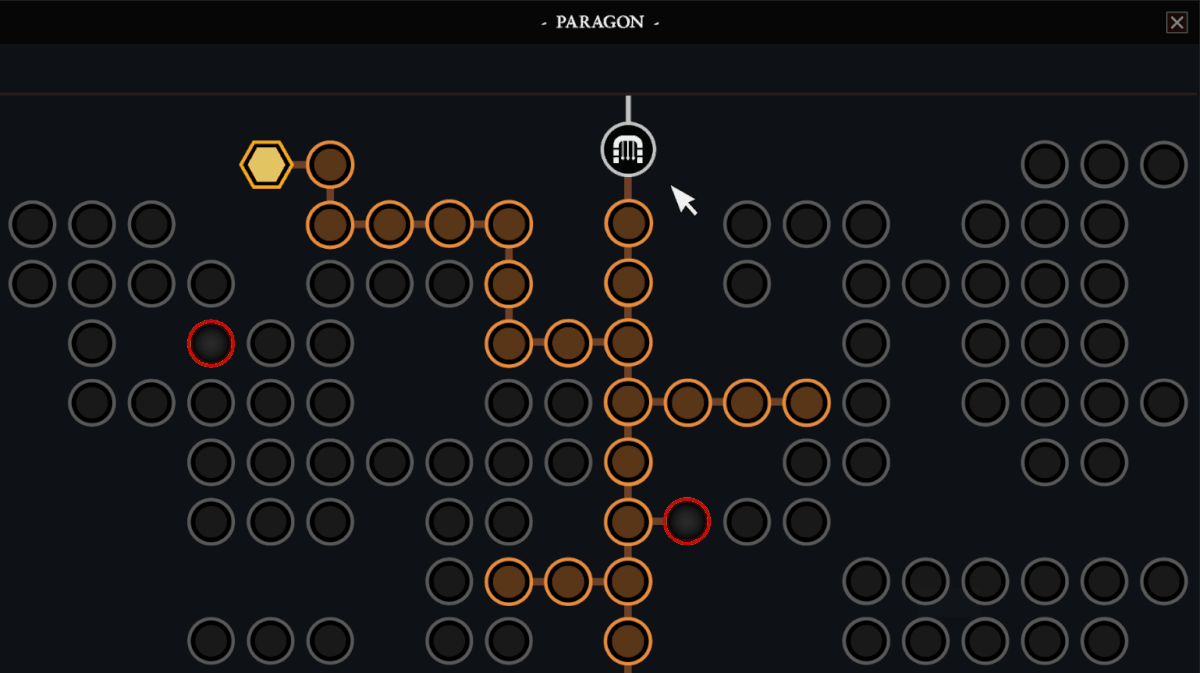
There's some disappointment in the Diablo 4 subreddit that the Paragon system is returning, but aside from the name this new iteration looks quite a bit different from its predecessor: More complex (or just straight-up complicated, depending on how you feel about such things), but also more flexible and open-ended. We're still a long way from seeing it in practice—we don't know when Diablo 4 is coming out, but it won't be in 2022—but Blizzard seems serious about making meaningful changes to the endgame.
Legendary items are also being changed up to enable legendary powers to appear on multiple item types rather than just one. The barbarian's Martial Arts ability, for instance, can be found on rings, chestplates, or helmets. The idea is that players won't be forced to equip an unwanted item type, possibly at the expense of valuable gear they've already got equipped, in order to gain a desired new power. And if you happen to find the right kind of legendary power on the wrong kind of item—an axe, maybe, when what you really wanted was a ring—you'll be able to extract the power through a new NPC named the Occultist, and then implant it into a different legendary, replacing whatever power it originally offered.
The year-end post is a big one and goes into a number of other topics, including itemization changes, visual effects, and "skill driven deaths," which is to say that every class brings about death in its own way. The sorceress can freeze and shatter monsters, for instance, or burn the flesh off their bones, while rogues can eviscerate or flay their foes.
The biggest gaming news, reviews and hardware deals
Keep up to date with the most important stories and the best deals, as picked by the PC Gamer team.
"We can make blood, viscera, and gore even more realistic by having it react properly to the lighting of an environment," Blizzard said. "Every monster is built with a skeletal and muscular structure used for killing them in brutal ways. If your character is in the thick of combat, they will be covered in the blood spatter of nearby monsters. Over time, your character’s armor will transition back to being spotless."
Well, that's nice. Here's what it looks like in action:
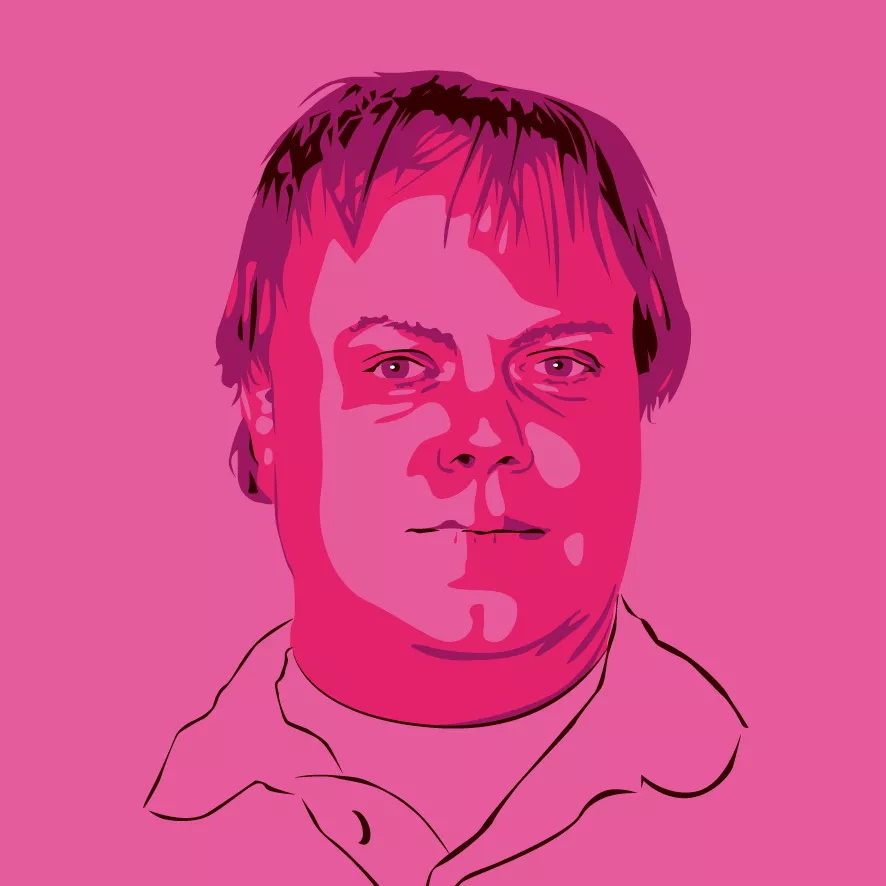
Andy has been gaming on PCs from the very beginning, starting as a youngster with text adventures and primitive action games on a cassette-based TRS80. From there he graduated to the glory days of Sierra Online adventures and Microprose sims, ran a local BBS, learned how to build PCs, and developed a longstanding love of RPGs, immersive sims, and shooters. He began writing videogame news in 2007 for The Escapist and somehow managed to avoid getting fired until 2014, when he joined the storied ranks of PC Gamer. He covers all aspects of the industry, from new game announcements and patch notes to legal disputes, Twitch beefs, esports, and Henry Cavill. Lots of Henry Cavill.


